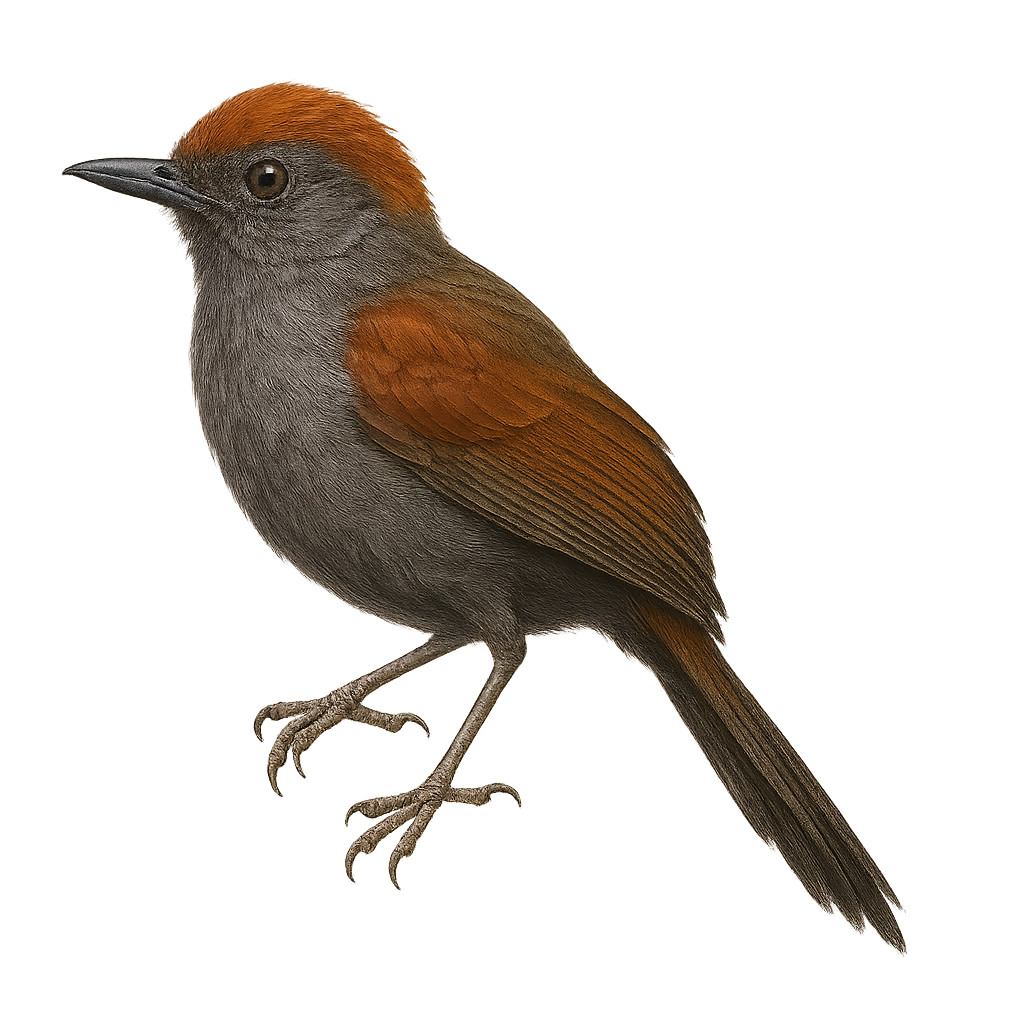Your wildlife photography guide.
Explore the mcconnell's spinetail in detail, study its behavior, prepare your shots.
Where to observe and photograph the mcconnell's spinetail in the wild
Learn where and when to spot the mcconnell's spinetail in the wild, how to identify the species based on distinctive features, and what natural environments it inhabits. The WildlifePhotographer app offers tailored photography tips that reflect the mcconnell's spinetail’s behavior, helping you capture better wildlife images. Explore the full species profile for key information including description, habitat, active periods, and approach techniques.
McConnell's Spinetail
Scientific name: Synallaxis macconnelli

IUCN Status: Least Concern
Family: FURNARIIDAE
Group: Birds
Sensitivity to human approach: Suspicious
Minimum approach distance: 10 m
Courtship display: March to April
Incubation: 17-19 jours
Hatchings: March to May
Habitat:
humid forests, wooded areas, forest edges
Activity period :
Primarily active during the day, with peak activity in the morning and late afternoon.
Identification and description:
The McConnell's Spinetail is a small bird from the Furnariidae family, primarily found in the humid forests and wooded areas of South America, particularly in Venezuela, Guyana, and Brazil. It is characterized by its reddish-brown plumage and long, tapered tail. This bird is often seen in pairs or small groups, actively moving through foliage in search of insects and other small invertebrates. Although discreet, its high-pitched, repetitive song often betrays its presence. The McConnell's Spinetail is a resilient bird, capable of adapting to various habitats, yet it remains sensitive to deforestation and the loss of its natural habitat.
Recommended lens:
400 mm – adjust based on distance, desired framing (portrait or habitat), and approach conditions.
Photography tips:
To photograph the McConnell's Spinetail, it is advisable to use a telephoto lens of at least 400mm to capture detailed images without disturbing the bird. Look for areas where the vegetation is dense, as these birds prefer to hide in the foliage. Be patient and wait for them to move into more open areas to get clear shots. Morning is often the best time to observe them, as they are more active at this time.
The WildlifePhotographer App is coming soon!
Be the first to explore the best nature spots, track rutting seasons, log your observations, and observe more wildlife.
Already 1 432 wildlife lovers subscribed worldwide

